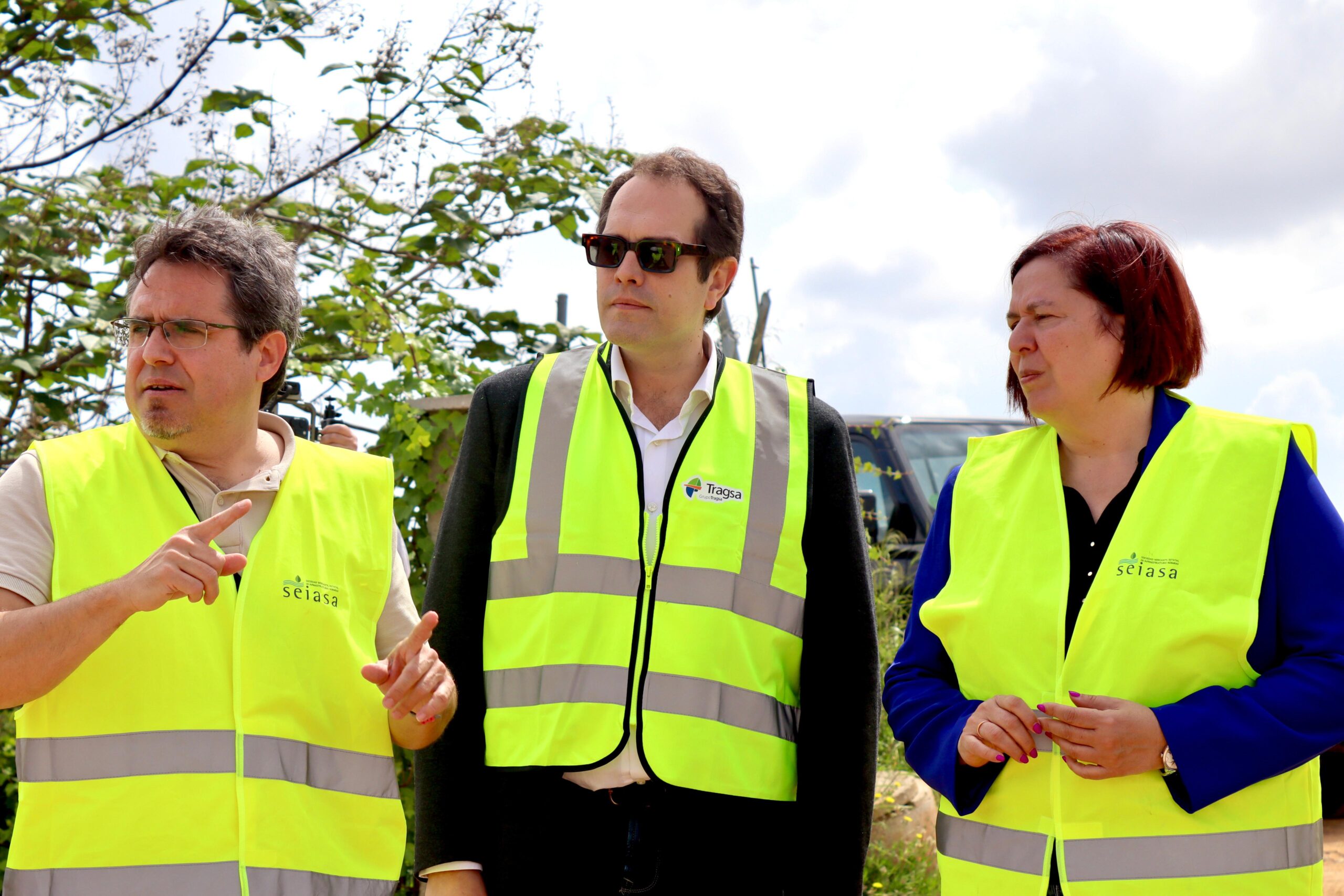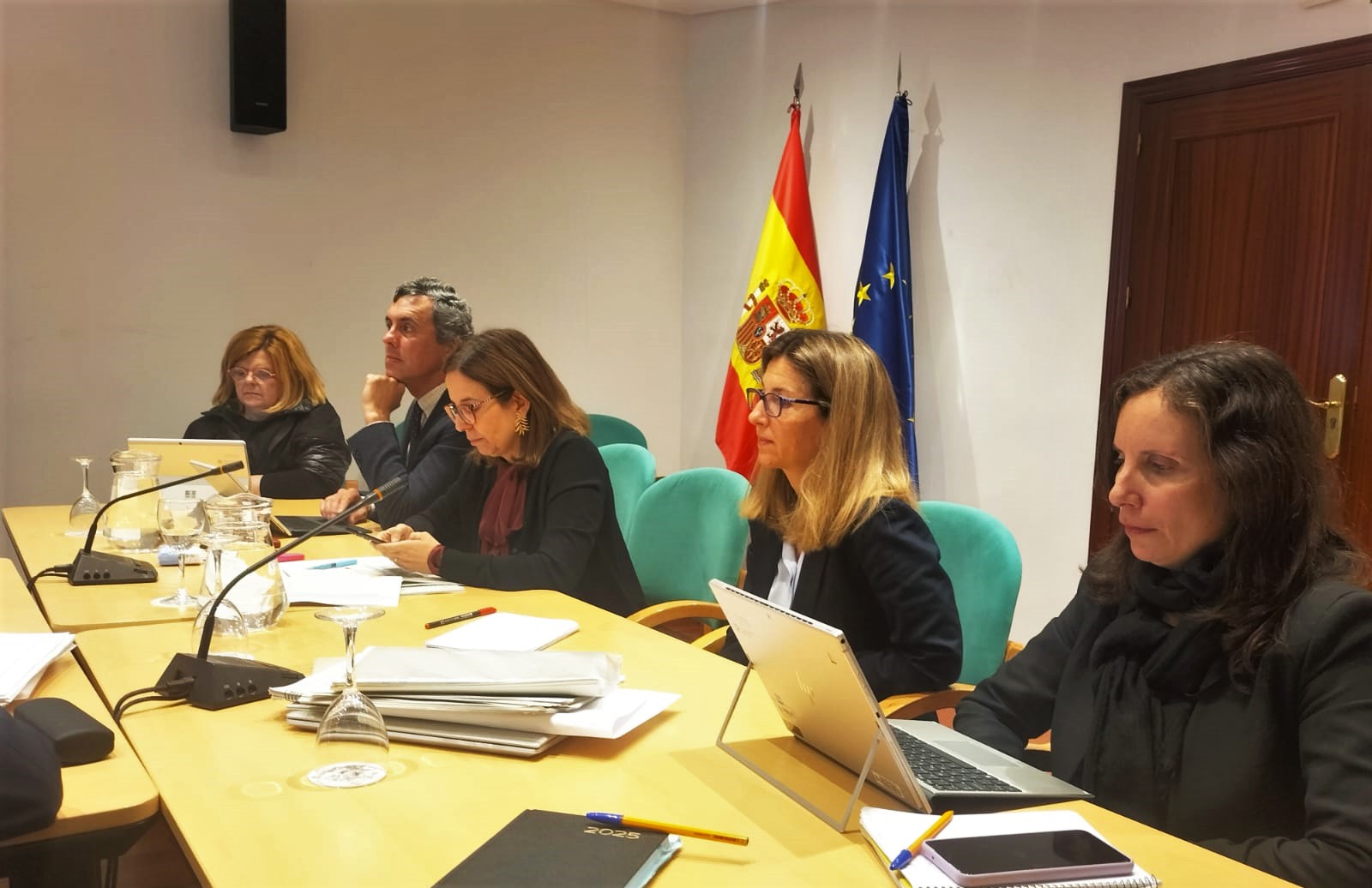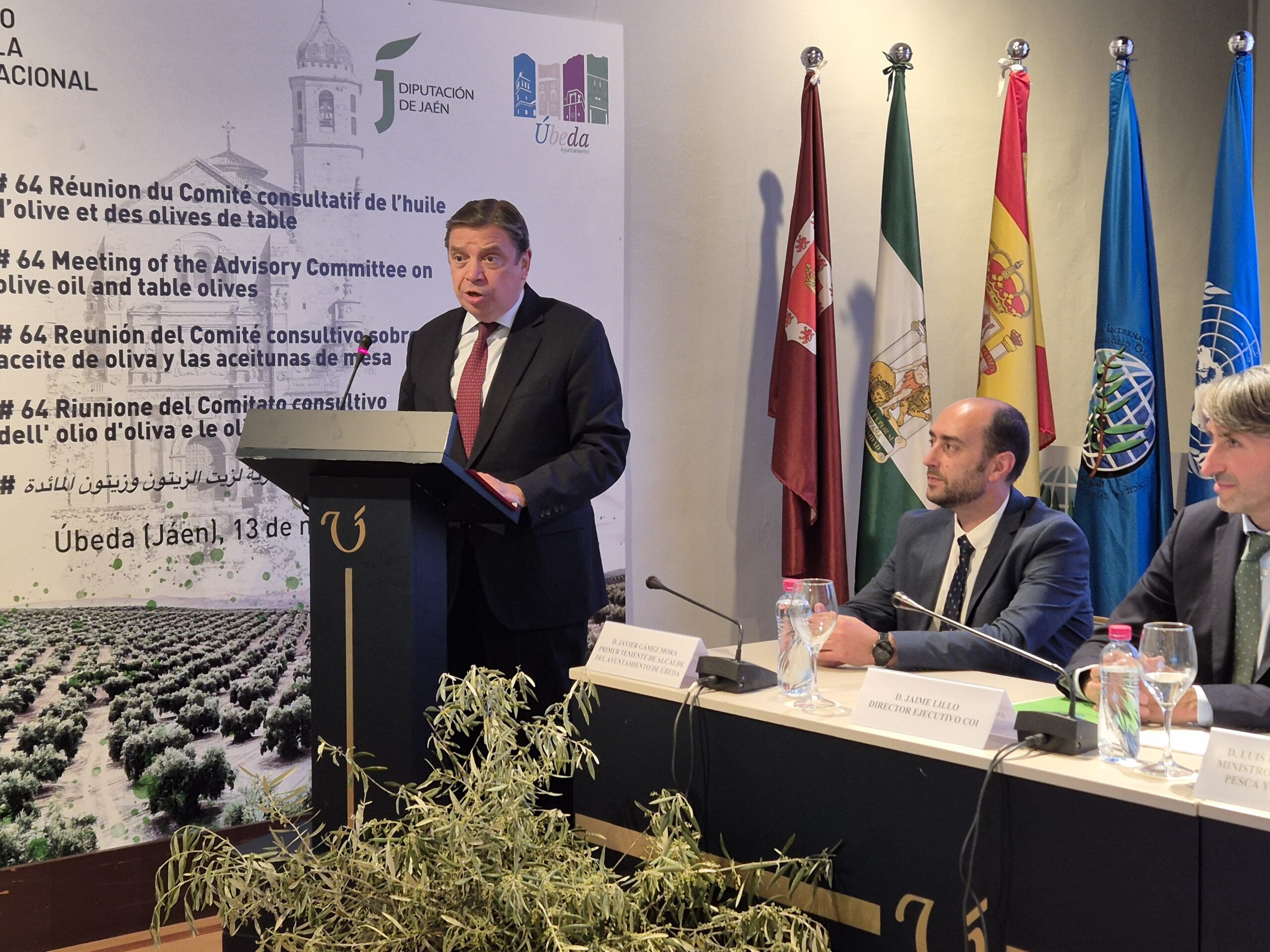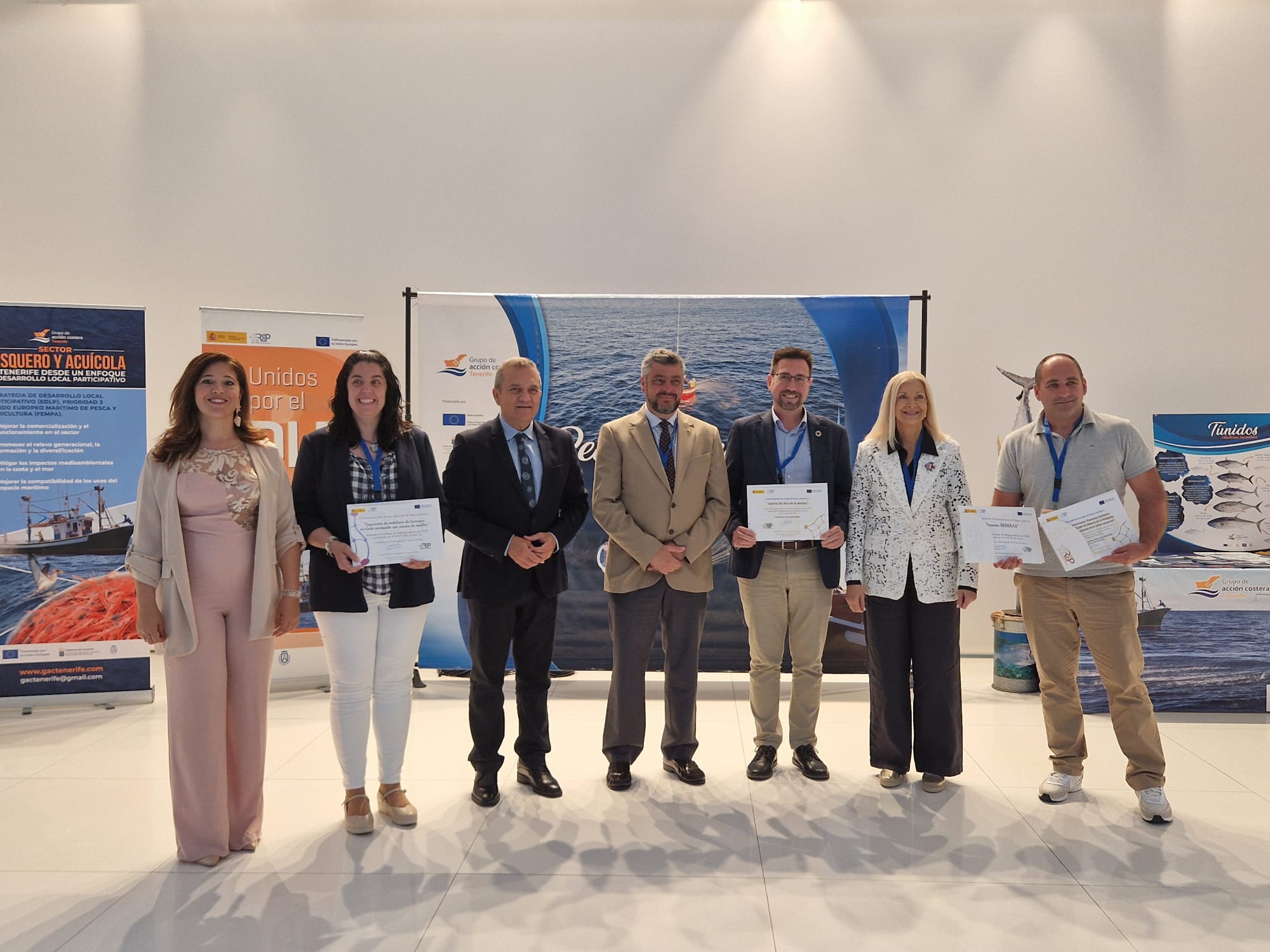14 de mayo del 2025 Hoy, en Jaén, en la inauguración de la Feria Internacional Expoliva 2025 Flickr: todas las fotografías aquí Galería multimedia El ministro insiste en garantizar una adecuada remuneración para los agricultores y olivareros porque son el eslabón más débil de la cadena y deben ver retribuido su esfuerzo de forma equitativa … Leer más
Alimentación
14 de mayo del 2025 La secretaria de Estado de Agricultura y Alimentación visita las actuaciones de reconstrucción de las infraestructuras de viveros y caminos rurales Galería multimedia Los agricultores y ganaderos de Cheste han recibido ya más de 1,7 millones de euros en ayudas directas El Ministerio de Agricultura, Pesca y Alimentación, … Leer más
13 de mayo del 2025 Hoy, en una reunión en Madrid Galería multimedia La directora general de Producciones y Mercados Agrarios traslada al sector la iniciativa legislativa propuesta por la Comisión Europea La propuesta implica la modificación de los reglamentos de la Organización Común de Mercados, de los planes estratégicos de la PAC y de … Leer más
13 de mayo del 2025 Galería multimedia El ministro de Agricultura, Pesca y Alimentación, Luis Planas, se ha reunido hoy con el embajador de Japón en España, Takahiro Nakamae, con quien ha abordado aspectos relacionados con la cooperación entre España y el país asiático. Planas ha valorado las alianzas tejidas y consolidadas a diferentes niveles … Leer más
13 de mayo del 2025 Hoy, en Úbeda (Jaén) Galería multimedia El ministro de Agricultura, Pesca y Alimentación, Luis Planas, ha destacado hoy la labor del comité consultivo del Consejo Oleícola Internacional (COI), que actúa como foro necesario que traslada las opiniones de los agentes implicados en el sector -desde la producción a la comercialización- … Leer más
13 de mayo del 2025 La convocatoria se ha publicado hoy en el BOE Galería multimedia Se establece una cuantía máxima por explotación de 1.500 euros Estas ayudas buscan contribuir al pago de las cuotas de la Seguridad Social a las que las personas titulares estén obligadas El periodo de presentación de solicitudes se inicia … Leer más
13 de mayo del 2025 En San Cristóbal de La Laguna (Tenerife), en el pleno de la Red Española de Grupos de Pesca 2025 Galería multimedia Aurora de Blas subraya el apoyo y el compromiso del Ministerio de Agricultura, Pesca y Alimentación con el desarrollo local participativo La directora general de Ordenación Pesquera y Acuicultura, … Leer más
12 de mayo del 2025 Hoy, en Conferencia Sectorial Galería multimedia La cantidad principal, 158,2 millones de euros, corresponde a la cofinanciación estatal de las acciones de desarrollo rural de las autonomías, incluidas en el Plan Estratégico de la PAC Se destinan 39,2 millones de euros para los programas escolares de consumo de frutas, hortalizas … Leer más
12 de mayo del 2025 Consejos consultivos de política agraria y pesquera para asuntos comunitarios Galería multimedia La Unión Europea necesita una Política Agraria Común (PAC) y una Política Pesquera Común (PPC) “estables, fuertes y con suficiente presupuesto”, según Planas El sector agrario y pesquero cumplen una función esencial, vital, para la sociedad y economía … Leer más
12 de mayo del 2025 Hoy, en la inauguración de una jornada sobre el futuro de las NTG Galería multimedia El ministro destaca que contar con plantas y semillas más resistentes a plagas, enfermedades y condiciones climáticas adversas es fundamental para abordar los actuales desafíos del sector España siempre ha respaldado en el seno de … Leer más









